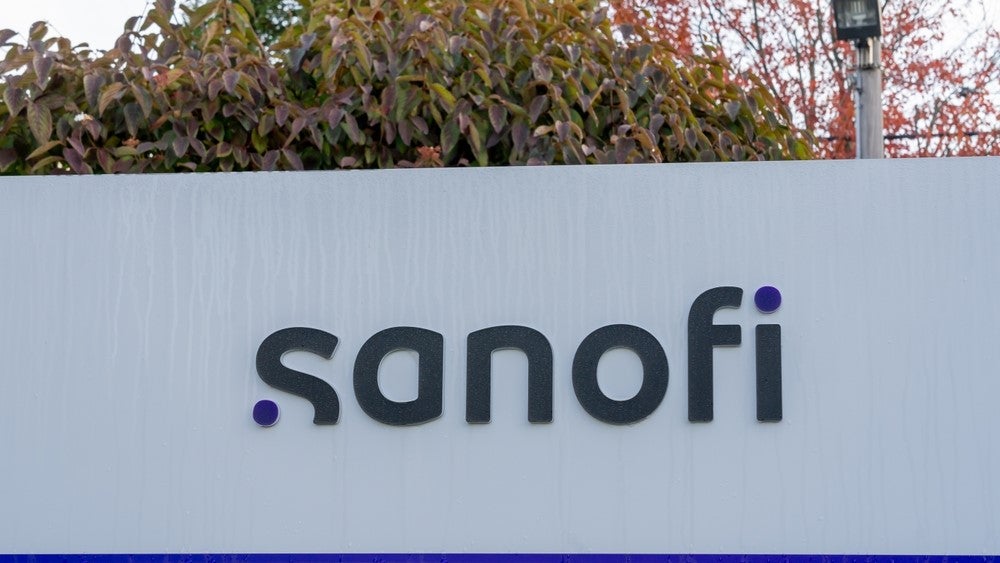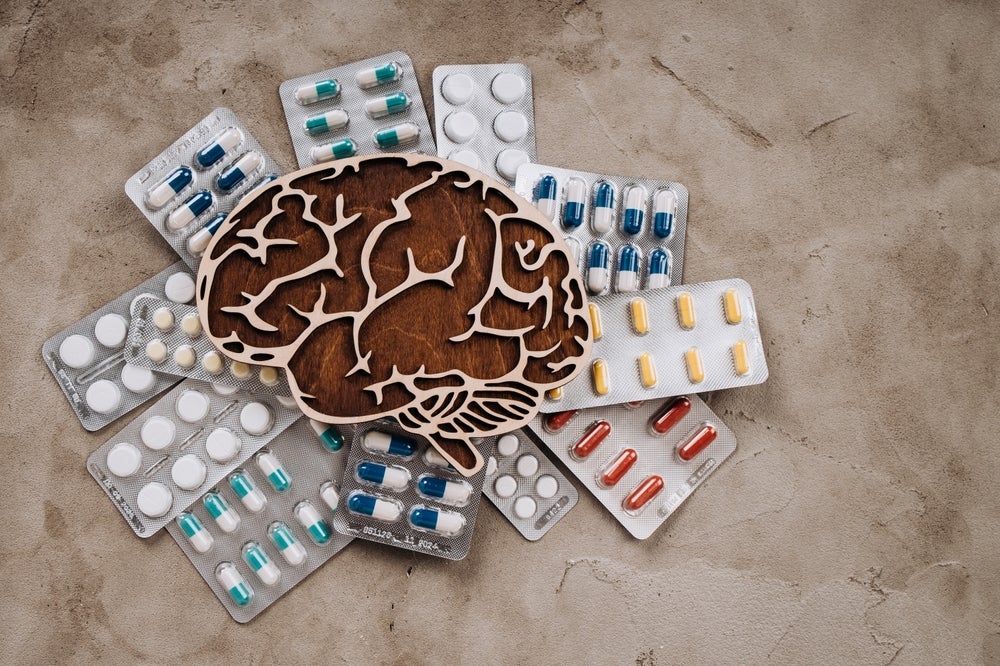Suboptimal outcome due to poor adherence to daily injection of human growth hormones (hGHs) is universally recognized among physicians as one of the greatest barriers in growth hormone deficiency (GHD) management. However, US payers don’t seem to be convinced that this is the case.
Pharmaceutical companies have been developing easier delivery options for GHD patients, and recently, a number of companies have focused their efforts on the development of long-acting hGH, which would be administered less frequently.
At present, all of the late-stage pipeline drugs in this space are long-acting hGH formulations, each based on a unique proprietary technology designed for weekly or bi-weekly administration.
Four long-acting hGHs are currently in Phase III development: Novo Nordisk’s somapacitan, Pfizer/OPKO’s Lagova, Versartis’ somavaratan, and Ascendis Pharma’s TransCon Growth Hormone. However, apart from Versartis’ somavaratan, there have been no scientific papers reporting Phase II trial results of these pipeline drugs in pediatric GHD patients.
On February 16, Ascendis Pharma announced the publication of comprehensive results of its Phase II trial of once-weekly TransCon Growth Hormone in the Journal of Clinical Endocrinology and Metabolism, which demonstrated that the sustained release TransCon Growth Hormone is comparable to daily hGH in terms of efficacy, safety, and tolerability in children with GHD.
See Also:
Ascendis Pharma expects to complete a Phase III trial in prepubertal GHD patients by November 2018. Before that, however, Versartis’ somavaratan will complete Phase III trials in GHD children, including Japanese children, by Summer 2017, and its long-term Phase III (VISTA) study will be completed by March 2018. Finally, Pfizer/OPKO’s Lagova is expected to reach primary completion by February 2019, while Novo Nordisk has not started Phase III studies of somapacitan in GHD children.
How well do you really know your competitors?
Access the most comprehensive Company Profiles on the market, powered by GlobalData. Save hours of research. Gain competitive edge.

Thank you!
Your download email will arrive shortly
Not ready to buy yet? Download a free sample
We are confident about the unique quality of our Company Profiles. However, we want you to make the most beneficial decision for your business, so we offer a free sample that you can download by submitting the below form
By GlobalDataIt is obvious that moving to a once-weekly or once every two weeks injection with a non-inferior growth response will be more convenient for the patient, which may result in increased adherence and hence better treatment outcomes, at least in some segments of the GHD population.
Who Will Pay for the Convenience?
Developers are eager to provide evidence of improved adherence to their more convenient therapy options in order to justify their beneficial use over the current daily injectables. Versartis has already reported high (99.6%) dosing adherence to the biweekly at-home dosing regimen of somavaratan.
However, there seem to be disjointed views between physicians and payers over the consequences of non-adherence to hGHs. Despite the growing evidence of the metabolic benefits offered by hGHs beyond the obvious increase in growth, payers are skeptical about the importance of chronic use of hGH, partly due to the high cost and potential misuse of these therapies.
US payers revealed to GlobalData that they are not prepared to pay premium prices for patient convenience when it comes down to the long-acting hGHs unless there is an acute and direct cost to non-adherence.
GlobalData foresees that the competition between the four companies with drugs in Phase III development for patient share in the GHD space will depend on contracting and rebates, similar to the dynamics seen with the daily hGHs. Furthermore, companies that bring their long-acting hGHs as first or second to market will have an edge over the others, and will potentially take up a larger patient share because once payers establish their preferred product-list, the non-preferred drugs will have difficulty penetrating the market.








Related Company Profiles
Novo Nordisk AS
Aravive Inc
Pfizer Inc
Ascendis Pharma AS
Vista GmbH